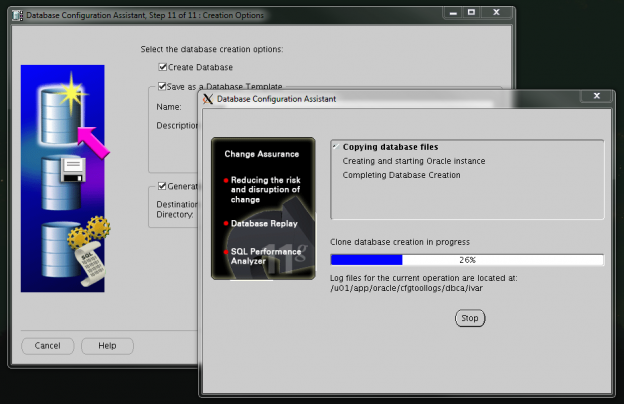

Similarly, combining the connection statement with the gvim command gets me a lively Gvim window. They both have set the $DISPLAY variable: In my case, hooking up SSH connections using -X and -Y are identical. I should have opted to show the demo using -X flag.
On the remote Linux Mint machine, I have set export DISPLAY=127.0.0.1:0.0 as well the ssh + command (gvim) did not work without the 127.0.0.1 part. Both can host (local) GUI-programs through display port: 127.0.0.1:0.0 (thus goes the setting on the remote machine as well.) For X-server, I have tried both Xming and X410. On the local machine, I use a Ubuntu distro installed as WSL on Windows 10. Please advise which setting needs to be tweaked to help me open GUI programs during SSH sessions. However, I can launch gvim by combining the commands, as: ssh -Y address_of_remote_server gvim. The following error messages come from trying to launch gvim during the SSH session: Yet, after having logged into the Linux Mint machine using ssh -Y address_of_remote_server, I cannot launch any programs that has GUI. I have set a Linux Mint machine to pick up X11Forwarding by specifying the following in /etc/ssh/sshd_config, yet, I have trouble accessing the server using Ubuntu 18.04.1 LTS hosted as WSL on Windows 10. Removing the line setting the DISPLAY variable on the host solved my problem. It is overkill as it confuses how GUIs should have been rendered. As clarified in one of the comments, one should not set the DISPLAY variable on the remote host. What went wrong in the lengthy description below: #Xming can t open display free#
Then, simply connect to the host using the -X flag and enjoy free access to all GUI programs on the remote machine!

This DISPLAY variable shall match with the Xming that runs On the client machine, do specify export DISPLAY=127.0.0.1:0.0 in the.Remote host will try to render GUI on its own display port On the host machine, do not put any DISPLAY= statement there.







 0 kommentar(er)
0 kommentar(er)
